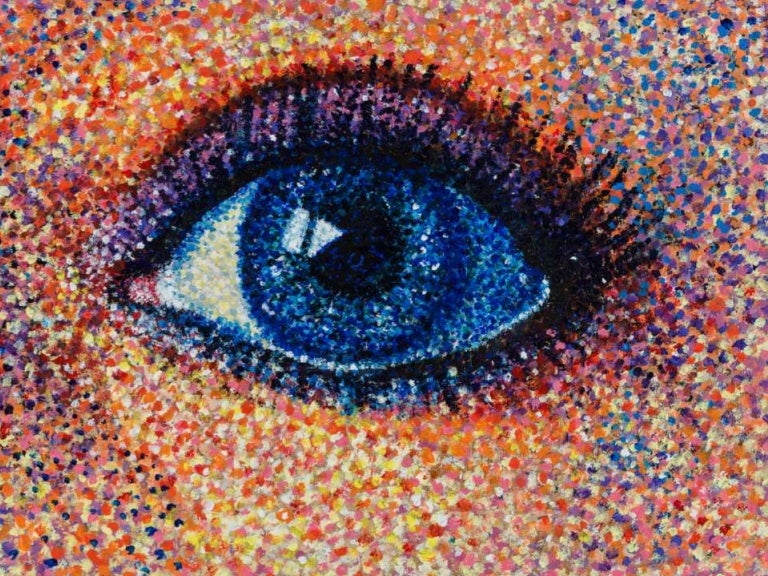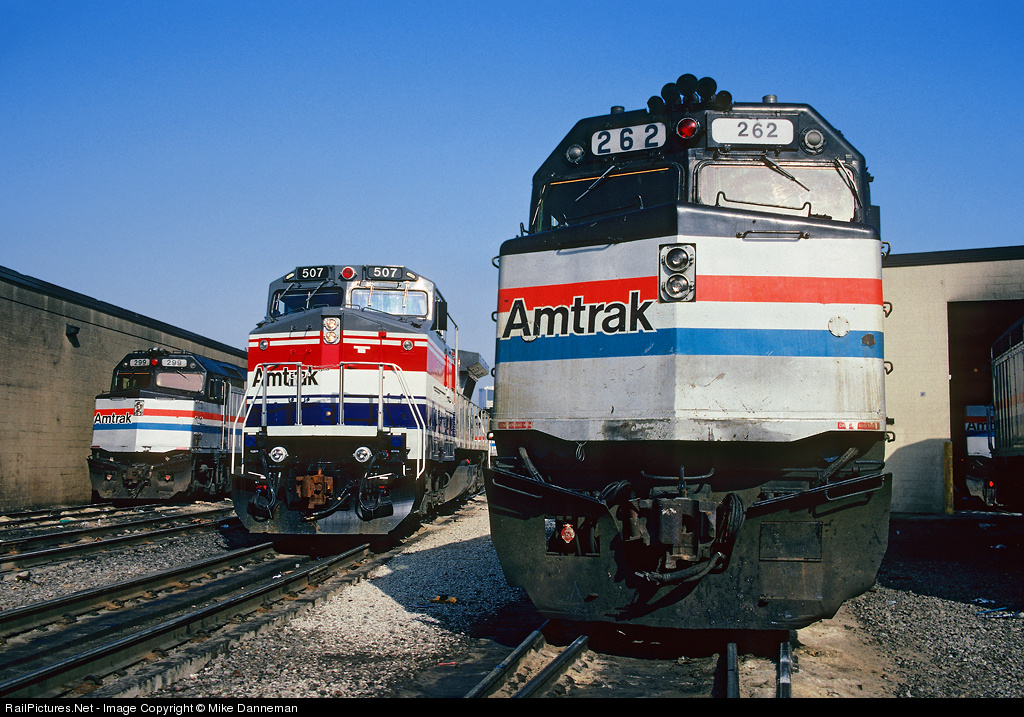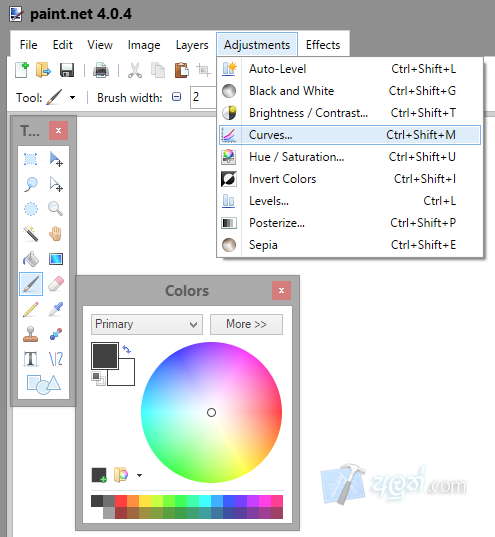

When you've typed your desired text, move it by dragging the little plus sign under the text box. Type the text you want to have the effect applied to, the font and size and such are controlled by the bar on the upper part of the screen. To do this, click on the text tool on the left sidebar (It looks like the letter A) and then click on the drawing space. This layer is where you want to type your text normally. Double click on the new layer to open a window and name the layer "text". It looks like a paper with a plus sign on it.

First, you want to leave the "Background" layer alone and instead click the "New layer" icon which is the one on the bottom of the layers window all the way on the left. The bottom left box is for choosing the color of what you are doing, and the box on the right is for your layers, which I will explain in a moment. If you've used a graphics program before, this should not baffle you. Select the text layer in the Layers palette, click the Properties button (bottom right of the Layers panel)-looks like a wrench, then choose a Blending Mode from the drop-down list, such as Color Burn, Reflect, Overlay, and more.When you first open the program, you will see a lot of open boxes. You can also change the Blending Mode after the text is entered. When the text layer is selected, you can use some of the Special Effects Filters to enhance the text, such as Effects > Distort > Bulge.

(One forum mentioned changing colors under Adjustments> Hue/Saturation, but I could only manage to change it from black to white and back.) So if you hate the text colors or misspell a word, you have to delete the layer and reenter the text. With the text in its own layer, you can move it, size it, duplicate it, rotate or flip it (through the Layers menu), but you cannot change the font, the color, or modify the existing text. You can’t just start typing the text without adding a new layer first, else it will become part of the layer that’s selected in the Layers palette. Move the cursor (which turns into a hand) to one of the corners, then click the mouse, and drag the foreground object up or down to resize larger or smaller.

Select the Move Selected Pixels tool and notice that eight circular handles appear in the corners and mid sections of the selected area. Resize the foreground object without resizing the entire image is another tricky task that’s nothing like the other photo-editing programs.įirst you have to select the layer in the Layers palette, then use the Rectangle Selection tool to draw a selection outline around the foreground object. Unlike Photoshop and its cousins, which automatically create a new layer as soon as you choose Paste, Paint requires you to add new layers for each object you cut out and then paste back in. If you cut the foreground object out of the background, you have to choose Layers > Add New Layer ( Ctrl+Shift-N) before you paste the object back onto the canvas. If the background is less cluttered than the foreground object, use the Magic Wand to select the background, then select Edit > Invert Selection ( Ctrl+I) to make the foreground object active. If the Wand selects too much, decrease the Tolerance Level from 50 down to 40, 30, 20, etc., until the selected area is smaller and more manageable. Use the Magic Wand to select large areas, then use the Lasso to refine the selection. If the selected area exceeds the object’s boundaries (in other words, if you have “drawn” outside the lines), press and hold the Alt key with the mouse to deselect the unwanted areas. As long as the Ctrl key is pressed, you can start and stop the Lasso until the entire object is selected. Press and hold the Ctrl key while you outline the target object. With a little practice, you can master the Lasso tool using the Crtl and Alt keys with the mouse. desktop canvas and menus Using the Lasso Tool


 0 kommentar(er)
0 kommentar(er)
